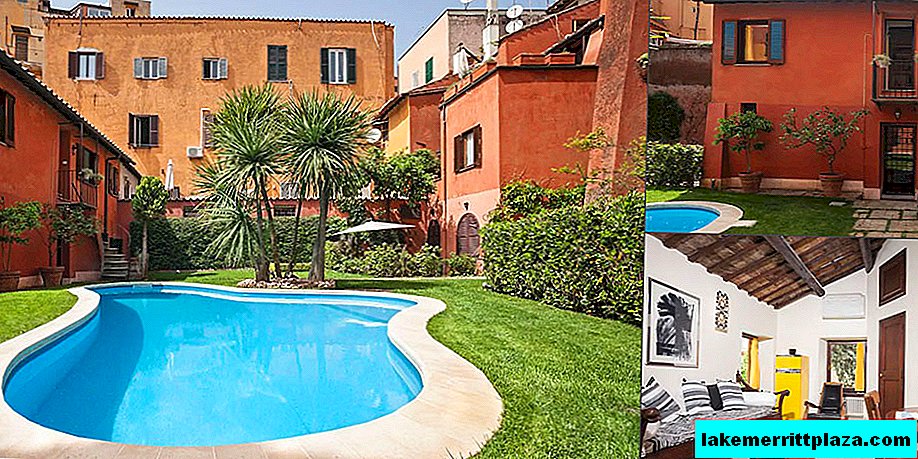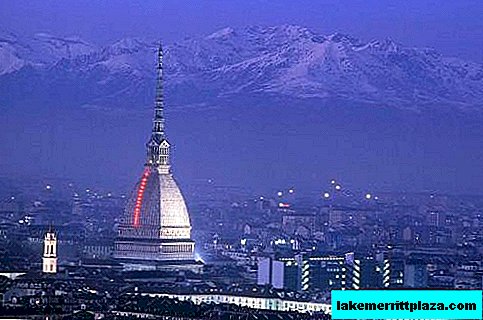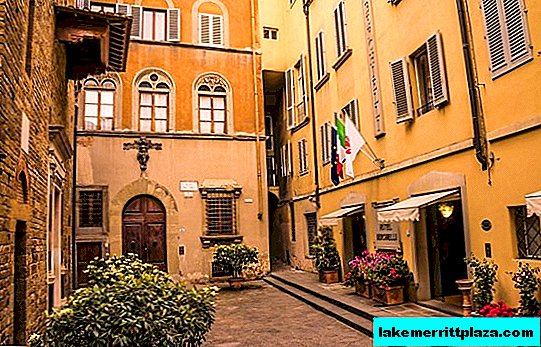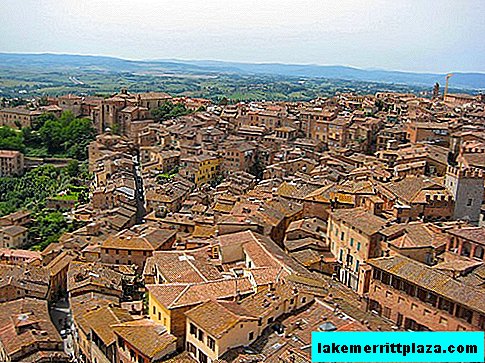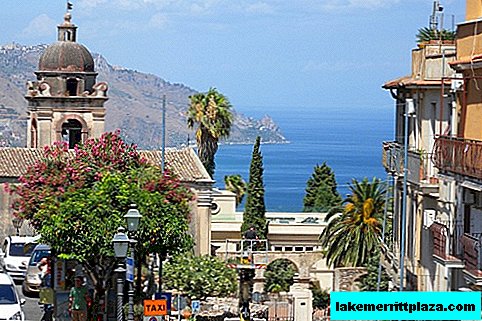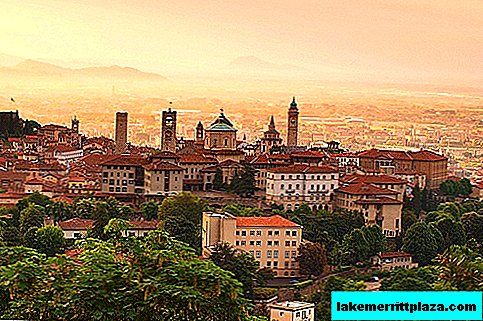This unusual museum in the city of Palermo in Sicily, except as a cemetery, can not be called. The only thing that distinguishes this unremarkable building of the Capuchin Order monastery from the real burial of the dead is that the dead are not underground, but on the ground. For centuries, tourists in Palermo, Do not miss the opportunity to stroll through the catacombs of capuchins (Catacombe di Cappuccini), where more than eight thousand mummies have been made public.

In general, this local huge exhibition of mummies is of considerable interest to tourists. The large and gloomy crypt is a whole network of passages and corridors, on the sides of which lie, stand, sit and even weigh those who died many years ago, were embalmed and later delivered right here.
In fact, the Capuchin cemetery is not a sight for the faint of heart. Sometimes it seems that some old dead man will fall right on you, clap his teeth, or smile, nod, or even go into a nervous laugh.
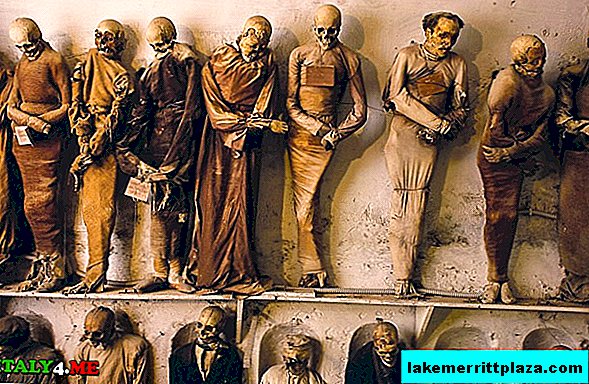
The history of the local underground kingdom of Hades begins back in the 16th century, when the monastic order of the Capuchins that arose on the Apennine Peninsula moved to the island of Sicily and became very popular. Representatives of this monastic order did not want to be buried away from the monastery, so they decided to create a cemetery directly on its territory - right below it.
The first grave appeared in the crypt at the very end of the 17th century. As the cemetery filled with new “guests”, new corridors and walkways were added and lengthened. Soon the monks realized that the specific air floating in the walls of the crypt does not allow corpses to decompose.
That is why this place was "chosen" by the local elite. Under the arches of the monastery, noble people in the city and the okrug were now buried, who had previously been dried and dressed up. Only at the end of the 19th century, no more burials were made at the local cemetery. By that time, eight thousand islanders were buried in the crypt.
The last in the crypt was a two-year-old girl, Rosalia Lombardo, who died of pneumonia in the 20s of the 20th century and was embalmed at the request of her father by the local doctor Alfredo Salfia.
Perhaps this is one of the most famous mummies in the Capuchin Museum: almost a hundred years have passed, and the girl’s body condition has not changed. And to this day, it seems that the child is simply sleeping in his glass coffin. Her hair, eyebrows and eyelashes have not changed at all. Some museum guards even say that sometimes the baby opens her eyes. The condition of the small body caused distrust among many experts, however, when it was examined through x-rays, doctors and scientists were shocked, and those who claimed that the doll was in the museum immediately refused their words: modern equipment confirmed not only that that a girl lies in a glass coffin, but it also showed that all her organs are in perfect condition. The recipe for such embalming has long been known. Rosalia was turned into a mummy using alcohol, salicylic acid, glycerin and other components that were injected directly into the girl’s circulatory system. In honor of the baby, the chapel at the monastery was renamed.

All mummies that are located underground in the Capuchin monastery are distributed according to the status that they occupied during their lifetime, sex, professional and other characteristics. So, here you will find the hall of virgins, a children's hall, a hall of couples and many other rooms.
The Capuchin catacombs have been mentioned more than once by famous Spanish, Italian and French writers, thereby making the museum very famous throughout Europe.
However, not only tourists come here, but also those people whose ancestors are buried in a crypt under the monastery. Museum keepers forbid taking photographs of exhibits: shooting can adversely affect the bodies of the dead.
How to get, opening hours, tickets
An unusual museum is located in the city of Palermo on Piazza Cappuccini (1) and accepts visitors from 8:30 to 18:00 for a small fee. You can go to the museum of mummies for only 3 euros.
View Sicily Museums in a larger map
This museum does not have an official site, but according to the latest trends, a Facebook page is present.



